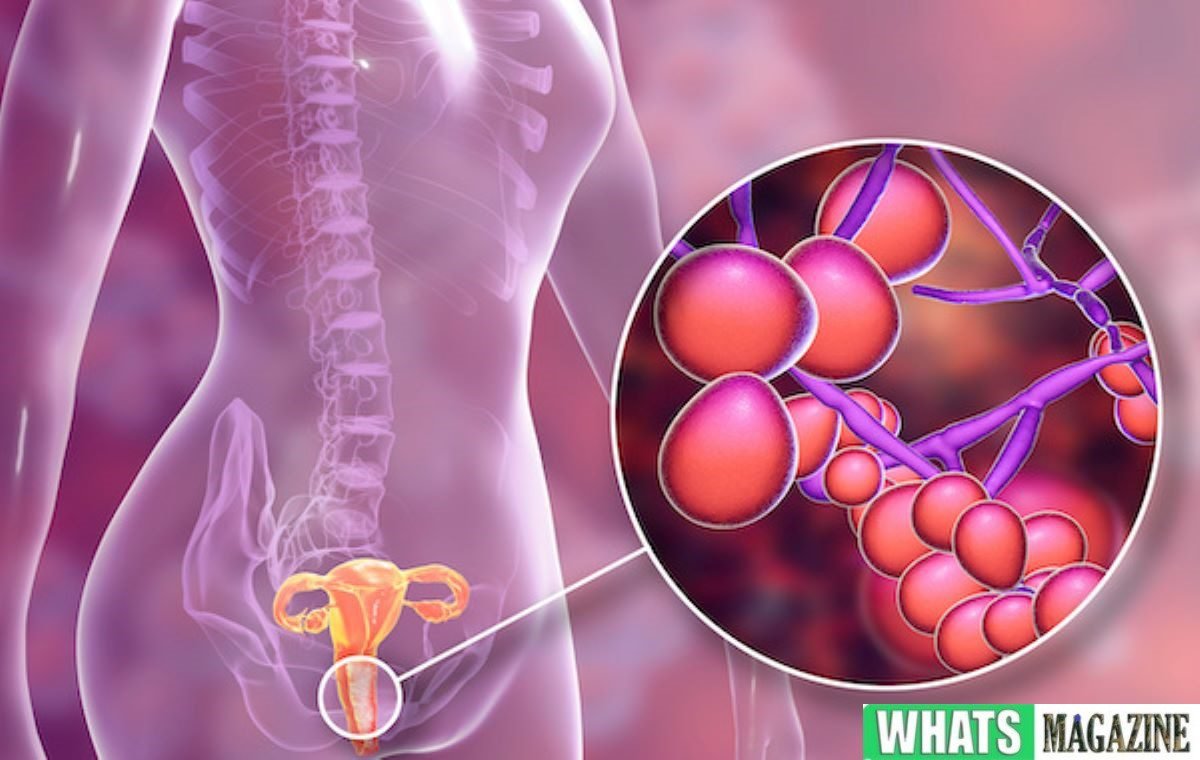Yeast infections are a common medical condition affecting numerous individuals worldwide, predominantly women.
This condition occurs when the body has an overgrowth of a fungus called Candida, particularly Candida albicans.
The fungus is naturally present in the body but can multiply rapidly under certain circumstances, leading to uncomfortable symptoms such as itching, burning, and vaginal discharge.
Several factors contribute to the development of yeast infections, including hormonal changes, weakened immune systems, antibiotic use, and poor personal hygiene.
Thankfully, yeast infections can be effectively treated through various approaches, including antifungal medications, topical creams, and lifestyle modifications.
Understanding the causes and treatment options for yeast infections is crucial in managing and preventing this bothersome condition.
In this article
Understanding yeast infection
Understanding yeast infection is important because there are times when we get confused with Yeast Infection vs UTI (Urinary Tract Infection).
Yeast, a fungus that naturally resides on the skin and the digestive system, can be a source of discomfort and frustration.
For women, yeast also exists in the vaginal area, making the potential for infection all the more prevalent.
However, when an overgrowth of yeast occurs on the skin or other areas of the body, it leads to an infection known as Candidiasis.
Firstly, the discomfort caused by a yeast infection can be bothersome.
Itching, redness, and irritation are unpleasant symptoms that individuals must endure.
These physical sensations can interfere with daily activities, disrupt sleep, and cause significant distress, ultimately affecting one’s quality of life.
Moreover, the impact of a yeast infection extends beyond physical discomfort.
It can create a sense of self-consciousness and embarrassment, particularly for women dealing with vaginal candidiasis.
The desire to alleviate this embarrassment and regain confidence becomes paramount.
Furthermore, yeast infections can be recurrent, frustrating those affected.
The constant battle to eliminate the infection, only to have it reappear, can leave individuals feeling frustrated and hopeless.
Finding a solution that offers long-term relief and prevents future occurrences becomes a primary objective.
Symptoms
If you’re talking about a yeast infection known as Candidiasis, both men and women commonly experience it in the genital region.
Depending on the infection’s location and severity, the symptoms may change. They also differ in Yeast Infection vs UTI.
The following are some typical signs of a yeast infection:
- Genital itchiness: A yeast infection frequently causes itchiness and irritation in the genital region, including the vagina in women and the penis in men
- Cottage cheese-like discharge: Women with a vaginal yeast infection frequently suffer a thick, clumpy, white discharge. Men’s penises may also release white fluid
- Burning: During urine or sexual activity, it may generate a burning or stinging feeling
- Swelling and redness: The impacted area may appear swollen, red, and irritated. Small red lumps or rash-like spots may also occur occasionally
- Soreness and discomfort: Genital soreness or overall pain are two possible effects of yeast infections
Yeast infections usually do not have a significant odor; however, some people may experience a mild yeasty or bread-like scent.
Causes
There are many reasons why yeast infections, notably those brought on by the fungus Candida overgrowth, might happen.
Here are a few typical reasons:
Candida overgrowth
Overgrowth of the fungus Candida occurs naturally in the body and can affect the vaginal region, mouth, skin, and digestive system.
However, some elements can upset the Candida fungus’s equilibrium, causing an overgrowth and the emergence of a yeast infection.
Antibiotics
It is well known that antibiotics kill both dangerous and helpful microorganisms in the body.
A yeast infection can develop when the balance of bacteria is upset, allowing yeast to grow and increase.
Taking antibiotics frequently is a factor in yeast infections.
Immune system weakness
Yeast can more easily grow and produce an infection when an immune system is compromised.
HIV/AIDS, diabetes, cancer, and autoimmune disorders can all impair the immune system’s capacity to suppress Candida growth.
Hormone changes
Changes in hormone levels, such as those brought on by menstruation, pregnancy, or hormonal treatments, might alter the vaginal environment and make yeast overgrowth more likely.
Warmth and moisture
Warm, moist surroundings are ideal for yeast growth.
Long-term exposure to moisture, such as donning wet bathing suits or perspiring in sweaty garments, can foster the development of yeast overgrowth.
Poor hygiene
A yeast infection can develop due to poor hygiene habits, which include failing to keep the vaginal area clean and dry.
Sexual transmission
Yeast infections can spread through sexual contact, despite being rare.
People who are not sexually active may also develop yeast infections, this means that they are not considered sexually transmitted diseases (STIs).
It’s important to note that even though these things can make you more likely to get a yeast infection, not everyone who comes into contact with them will get one.
It’s best to speak with a medical practitioner for a proper diagnosis and suitable treatment if you have persistent yeast infections or are concerned about them.
Conclusion
People who have yeast infections may experience discomfort and inconvenience in their life.
It is essential to recognize the signs, such as itching, unusual discharge, and redness, to diagnose and treat the condition quickly.
People can also take preventative precautions by being aware of the frequent causes, such as Candida overgrowth, antibiotic use, and compromised immune systems.
Consult a healthcare provider for an accurate diagnosis and suitable treatment choices if you have a yeast infection or experience recurrent infections.
Yeast infections can be appropriately treated, enabling people to regain comfort and well-being.











